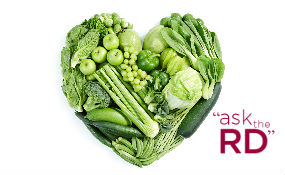As you may already know, following a low potassium low sodium diet can be very difficult. This type of diet is often required for people with chronic kidney disease but may also be necessary for those with Addison’s disease or people taking potassium-sparing diuretics for hypertension or congestive heart failure. Do not follow this diet unless recommended by your doctor or dietitian, because for most people, potassium intake is important in helping to maintain a normal blood pressure. If low sodium options weren’t hard enough to find, low potassium options are particularly challenging to identify since the potassium content of food is not required on food labels—let alone on menus in restaurants. Luckily there are some resources and tricks of the trade to help you find the best options for your particular diet:
- Look for Sodium Savvy menu options on HealthyDiningFinder.com. These choices meet strict sodium criteria, enabling you to keep your sodium intake down while you enjoy a delicious meal out.
- If Sodium Savvy options aren’t available at the restaurant at which you’re dining, limit sodium intake by avoiding salty foods, including soups, sauces, condiments, pickles, and olives. Always ask for no added salt on you meal—a pinch of salt can add quite a bit of sodium to your meal!
- Fruits, vegetables, and dairy foods are the big players in contributing potassium to our diets. Avoid high potassium foods, like bananas, potatoes, tomatoes (and tomato-based sauces!), beans, and yogurt. Instead, choose lower potassium foods, like apples, lettuce, eggplant, rice, and pasta. Use this list from the Academy of Nutrition & Dietetics and this list from the National Kidney Foundation to learn more about high and low potassium foods, and make an appointment with your dietitian to discuss more ways to follow your diet when eating out.

